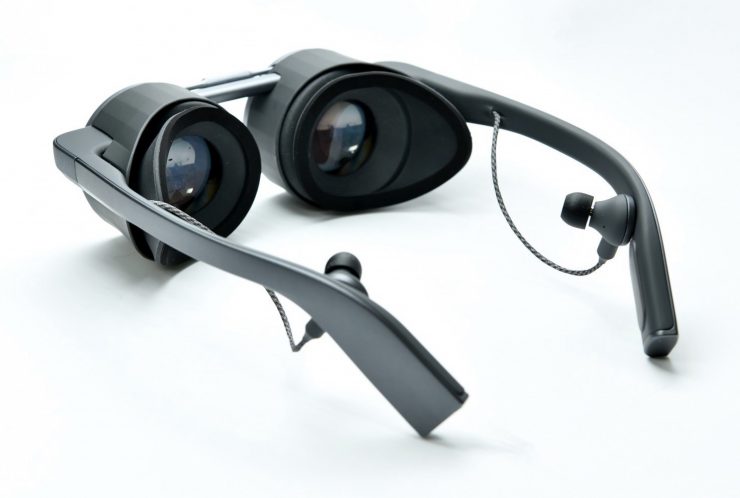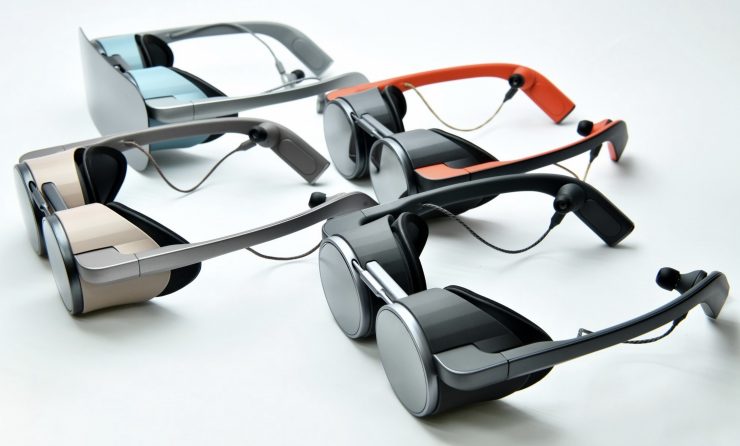
At CES 2020 in Las Vegas, Panasonic unveiled what they are claiming is the world’s first High Dynamic Range(HDR) Ultra HD VR eyeglasses.
The biggest problem with VR and 360 is resolution. If you don’t have enough resolution then the whole experience becomes lackluster. This goes for both capture and display.
Up until now, VR headsets and eyeglasses have generally been limited to lower resolutions. Well, now, Panasonic has unveiled an Ultra HD set that they hope will help to increase the overall enjoyment of the VR experience.
With (5G) mobile communications systems now starting to appear, a number of new services using VR glasses are expected to be offered. These will include VR sports viewing and engaging virtual travel experiences.

Conventional VR glasses with high-quality images and high sound quality provide users with highly immersive simulated experiences, but these glasses tend to be big in size and require users to strap them to their head with a headband, which doesn’t make them comfortable to wear.
Key features
- UHD high-quality images device capable of displaying HDR images
- Equipped with a micro OLED panel co-developed by Kopin Corporation and Panasonic
- Natural and smooth images without “Screen door effect”, which is a visual artifact of displays, where the fine lines separating pixels become visible in the displayed image
- High-quality sound capable of the reproduction over a wide range of frequencies from ultra-low to high
- The adoption of Technics’ original dynamic driver using magnetic fluid allows the accurate stroke of the diaphragm and achieves ultra low distortion reproduction.
- Compact and lightweight body enabling the device to be worn in comfort without the need for a headband

For its new VR glasses, Panasonic has developed a high-performance display device in cooperation with Kopin Corporation, a leading manufacturer of display devices for VR glasses. Panasonic’s audio and visual technologies have been incorporated into the eyeglasses, including signal processing technologies cultivated through the development of video equipment such as TVs and Blu-ray Disc players, acoustic technologies of Technics audio products, and optical technologies used in LUMIX digital cameras.
These technologies have enabled Panasonic to create compact and lightweight VR glasses that offer high-quality images and optimal sound, while most importantly, providing comfort for the user.
Price & Availability
The eyeglasses are still what Panasonic is calling a ‘reference‘ product, so it is unclear when they will actually come to market.
What do you think of VR and 360? Have you ever tried VR goggles? Let us know in the comments section below.





